


10:00 – 10:05 AM (EST) Welcome to ASENT2022 Annual Meeting & Housekeeping
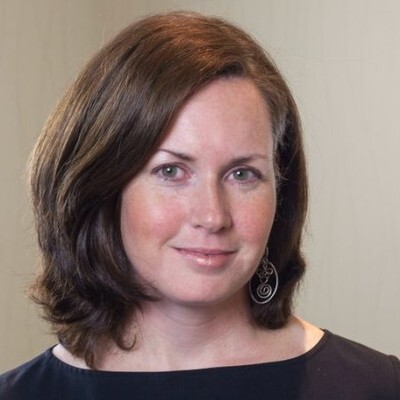 Jessica Smith, Executive Director ASENT
Jessica Smith, Executive Director ASENT
10:05 – 10:10 AM (EST) Welcome to ASENT2022 Annual Meeting
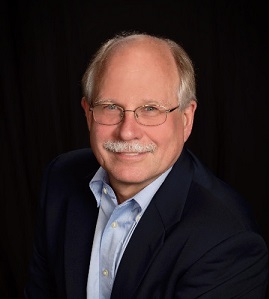 Thomas Sutula, MD, PhD, ASENT President / Professor Emeritus, University of Wisconsin-Madison
Thomas Sutula, MD, PhD, ASENT President / Professor Emeritus, University of Wisconsin-Madison
10:10 – 12:00 PM (EST) PRESIDENTIAL SYMPOSIUM
Rare Neurological Disorders – presented in partnership with the National Organization for Rare Disorders (NORD)
The Presidential Symposium, held in conjunction with the National Organization for Rare Disorders, will focus on the challenges of Rare Neurological Disorders, addressing approaches to diagnoses, development of therapeutic interventions, and regulatory issues including barriers and successes and innovative initiatives.
CHAIRS:
 Bennett Lavenstein, MD, Children’s National Hospital
Bennett Lavenstein, MD, Children’s National Hospital
 Thomas Sutula, MD, PhD, University of Wisconsin-Madison
Thomas Sutula, MD, PhD, University of Wisconsin-Madison
10:10 – 10:20 AM (EST) Introduction to Rare Disease Neurotherapeutic
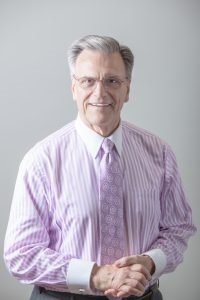 Peter Saltonstall, National Organization for Rare Disorders (NORD)
Peter Saltonstall, National Organization for Rare Disorders (NORD)
10:20 – 10:40 AM (EST) Piloting Individualized Therapies for Orphan Neurogenetic Disease
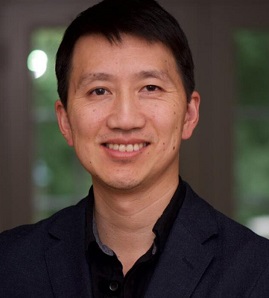 Timothy Yu, MD, PhD, Boston Children's Hospital and Harvard Medical School
Timothy Yu, MD, PhD, Boston Children's Hospital and Harvard Medical School
10:40 – 11:00 AM (EST) Accelerating the Development of Treatments for Rare Diseases: Gene-Targeted Therapies & the Bespoke Gene Therapy Consortium
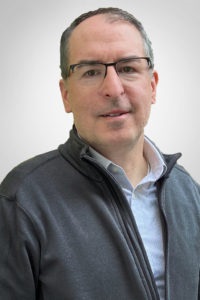 Edward Neilan, MD, PhD, National Organization for Rare Disorders (NORD)
Edward Neilan, MD, PhD, National Organization for Rare Disorders (NORD)
11:00 – 11:20 AM (EST) A voyage from Academia to Biotech
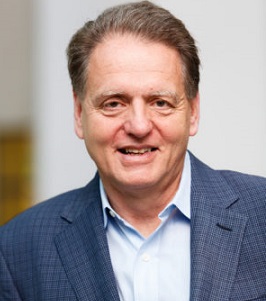 Edward M. Kaye, MD, Stoke Therapeutics
Edward M. Kaye, MD, Stoke Therapeutics
11:20 – 11:40 AM (EST) Issues in Orphan Products Development – especially in Neurodevelopmental Diseases
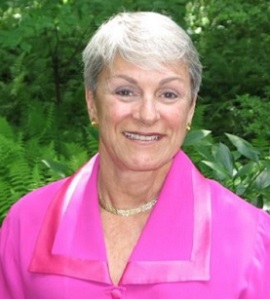 Marlene Haffner, MD, MPH, Haffner Associates
Marlene Haffner, MD, MPH, Haffner Associates
11:40 – 12:00 AM (EST) Live Faculty Panel Discussion – FULL PANEL
12:00 – 12:15 PM (EST) BREAK
HALL A - Antisense Oligonucleotide Therapy in Rare Neurological Diseases
CHAIRS:
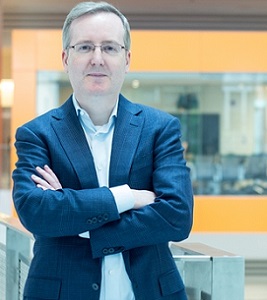 Bryan J. Traynor, MD, PhD, National Institutes of Health, National Institute on Aging
Bryan J. Traynor, MD, PhD, National Institutes of Health, National Institute on Aging
 C. Anthony Altar, PhD, Splice Therapeutics
C. Anthony Altar, PhD, Splice Therapeutics
HALL B - Emerging Brain Lipid Pharmacology for Neurodegenerative Disorder
CHAIR:
 Aditya Joshi, PhD, Penn Medicine - University of Pennsylvania
Aditya Joshi, PhD, Penn Medicine - University of Pennsylvania
1:35 – 2:15 PM (EST) FORGING NEW FRONTIERS IN THE DISCOVERY OF NEUROTHERAPEUTICS
Moderator:
 Thomas Sutula, MD, PhD, University of Wisconsin-Madison
Thomas Sutula, MD, PhD, University of Wisconsin-Madison

Biomarkers are indispensable tools for drug discovery, as they are used extensively to assess the activity of novel neurotherapeutic compounds, investigate the mechanism of action, and predict therapeutic efficacy across a wide range of CNS disorders.
EEG is routinely used in the clinical practice and represents a direct window on brain function with high time resolution and great sensitivity. Our EEG-based Cue® technology platform measures neural activity in an objective and precise way, offering at the same time reproducibility of the results and countless paradigms. EEG is a versatile instrument which can be complemented by different approaches to create the most exhaustive profile when testing new neurotherapeutics and improve translation effectiveness from the preclinical to the clinical setting.
2:15 – 3:15 pm (EST) POSTER DISCUSSION
Click here to join the POSTER DISCUSSION
We would like to acknowledge our YOUNG SCHOLARS: MABEL CHEN, Mounds View High School, and AARON TANG, The Bronx High School of Science.
MODERATOR:
 Carolyn Tallon, PhD, Johns Hopkins University School of Medicine
Carolyn Tallon, PhD, Johns Hopkins University School of Medicine
The following posters presenters will be available for a live Q&A and discussion:
12:15 – 1:30 PM (EST)
FDA approval for an antisense oligonucleotide (ASO) that addresses a previously untreated disease, spinal muscular atrophy, has increased discovery and development efforts for this class of gene therapies. Three experts in ASO therapeutics will describe the application of ASO technology to the treatment of rare neurological diseases. The session will discuss recent advances in ASO delivery, toxicity, manufacturing, N=1 studies, and emphasize ASO applications to rare neurological diseases, including ALS and neuromuscular disease.
CHAIRS:
 Bryan J. Traynor, MD, PhD, National Institutes of Health, National Institute on Aging
Bryan J. Traynor, MD, PhD, National Institutes of Health, National Institute on Aging
 C. Anthony Altar, PhD, Splice Therapeutics
C. Anthony Altar, PhD, Splice Therapeutics
12:15 – 12:35 PM (EST) Progress in ASO Therapeutics for Rare Diseases
 Jonathan Watts, PhD, University of Massachusetts Medical School
Jonathan Watts, PhD, University of Massachusetts Medical School
12:35 – 12:55 PM (EST) Bioconjugate and Nanotechnology for Oligonucleotide Delivery
 Matthew Wood, MD, DPhil, University of Oxford (UK)
Matthew Wood, MD, DPhil, University of Oxford (UK)
12:55 – 1:15 PM (EST) Computational Cellular and Chemical Approaches to Reduce ASO Neurotoxicity
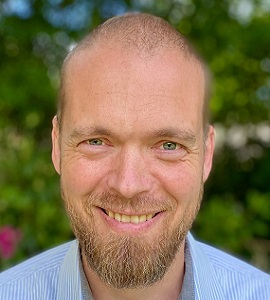 Peter Hagedorn, MSc, PhD, Roche Pharma, Research and Early Development
Peter Hagedorn, MSc, PhD, Roche Pharma, Research and Early Development
1:15 – 1:30 PM (EST) Live Faculty Panel Discussion – FULL PANEL
12:15 – 1:30 PM (EST)
Lipids account for up to 50% of the brain’s dry weight and comprise thousands of distinct biochemical structures whose subcellular and intracellular expression regulates many levels of neurobiology including organelle homeostasis, synaptic function, stress responses, cell death, inflammation and repair. Not surprisingly, a key role for lipid biochemistry dysregulation has been emerging in neurological disorders involving myelin repair, neuroinflammation, and neurodegeneration. Indeed, the major genetic risk factors driving Alzheimer’s disease and Parkinson’s disease, the most common neurodegenerative disorders, participate in lipid homeostasis (APOE4 and GBA respectively). Advances in genomic, proteomic and lipidomic technologies as well as translational model systems are providing new opportunities for pharmacological approaches to regulate brain lipids. Several such approaches are currently in clinical development and are taking advantage of readily available peripheral lipid biomarkers.
CHAIRS:
 Aditya Joshi, PhD, Penn Medicine - University of Pennsylvania
Aditya Joshi, PhD, Penn Medicine - University of Pennsylvania
12:15 – 12:30 PM (EST) Development of a glucocerebrosidase activator for the GBA subtype of Parkinson's disease
 Peter Lansbury, PhD, Bial Biotech
Peter Lansbury, PhD, Bial Biotech
12:30 – 12:45 PM (EST) Fatty acid metabolism controls the reparative phenotype of phagocytes in the CNS
 Jeroen Bogie, PhD, Hasselt University (Belgium)
Jeroen Bogie, PhD, Hasselt University (Belgium)
12:45 – 1:00 PM (EST) Targeting APOE metabolism to reduce neurodegeneration and inflammation
 Jason Ulrich, PhD, Washington University at St. Louis
Jason Ulrich, PhD, Washington University at St. Louis
1:00 – 1:15 PM (EST) Targeting a-Synuclein Lipidopathy in Parkinson’s Disease with YTX-7739, a Brain Penetrant Stearoyl CoA Desaturase Inhibitor
 Dan Tardiff, PhD, Yumanity Therapeutics Inc.
Dan Tardiff, PhD, Yumanity Therapeutics Inc.
1:15 – 1:30 PM (EST) Live Faculty Panel Discussion – FULL PANEL
10:00 – 11:15 AM (EST)
The goal of the symposium is to present the economic and healthcare industry implications of the controversial regulatory approval of Aducanamab, a fair-minded review of the evidence, the process, an overview of the implications for future Alzheimer’s and other neurologic drug development as well as other research areas in AD that are possible, such as Amyloid backups, Tau, and inflammation.
CHAIR:
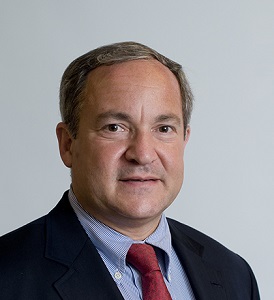 Andrew Cole, MD, FRCP (C), Harvard Medical School
Andrew Cole, MD, FRCP (C), Harvard Medical School
 Thomas Sutula, MD, PhD, ASENT President / Professor Emeritus, University of Wisconsin-Madison
Thomas Sutula, MD, PhD, ASENT President / Professor Emeritus, University of Wisconsin-Madison
10:00 – 10:25 AM (EST) Regulatory Focus on Alzheimer’s after Aducanumab
 Jalayne Arias, JD, MA, Georgia State University
Jalayne Arias, JD, MA, Georgia State University
10:25 – 10:50 AM (EST) Research Focus on Alzheimer’s after Aducanumab
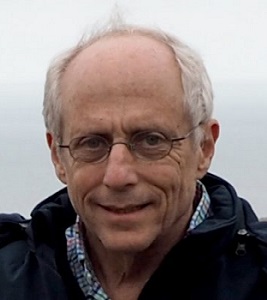 Karl Herrup, PhD, University of Pittsburgh School of Medicine
Karl Herrup, PhD, University of Pittsburgh School of Medicine
10:50 – 11:15 AM (EST) Live Faculty Panel Discussion – FULL PANEL
11:15 – 11:30 AM (EST) BREAK
HALL A - Devices and Software as Therapeutics for Substance Use Disorders (SUD)
CHAIRS:
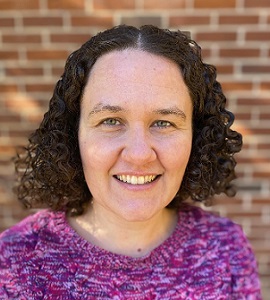 Stacie Gutowski, PhD, National Institutes of Health/ National Institute of Drug Abuse
Stacie Gutowski, PhD, National Institutes of Health/ National Institute of Drug Abuse
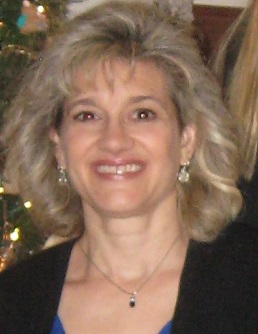 Cynthia Rothblum-Oviatt, PhD, Scientific Advisory Consultant/RO Scientific
Cynthia Rothblum-Oviatt, PhD, Scientific Advisory Consultant/RO Scientific
HALL B - AI/Machine Learning in Repurposing Drugs for Alzheimer’s Disease
CHAIRS:
 Jean Yuan, PhD, The National Institutes of Health/National Institute on Aging
Jean Yuan, PhD, The National Institutes of Health/National Institute on Aging
 Danilo Vitorovic, PhD, Loma Linda University Health
Danilo Vitorovic, PhD, Loma Linda University Health
1:00 – 3:30 PM (EST) PIPELINE PRESENTATIONS
CHAIRS:
 Stewart Factor, DO, Emory University
Stewart Factor, DO, Emory University
 Carolyn Tallon, PhD, Johns Hopkins University School of Medicine
Carolyn Tallon, PhD, Johns Hopkins University School of Medicine
11:30 – 12:45 PM (EST)
Exacerbated by COVID-19, the opioid epidemic continues to ravage the United States. In addition to canonical pharmacologic and psychological approaches to SUD treatment, innovative device-based therapeutic solutions, including software as medical device, have recently emerged. During this symposium, the executives from some of the most disruptive and innovative device startups in today’s healthcare ecosystem will discuss the opportunities and challenges of this new field.
CHAIR:
 Stacie Gutowski, PhD, National Institutes of Health/ National Institute of Drug Abuse
Stacie Gutowski, PhD, National Institutes of Health/ National Institute of Drug Abuse
 Cynthia Rothblum-Oviatt, PhD, Scientific Advisory Consultant/RO Scientific
Cynthia Rothblum-Oviatt, PhD, Scientific Advisory Consultant/RO Scientific
11:30 – 11:50 AM (EST) Woebot for Substance Use Disorders
 Athena Robinson, PhD, Woebot Health
Athena Robinson, PhD, Woebot Health
Maddie Pirner, MS, Woebot Health
11:50 – 12:10 PM (EST) Software-based therapeutics: longitudinal data on impact of disease as an emerging standard of treatment
 Yuri Maricich, MD, MBA, Pear Therapeutics
Yuri Maricich, MD, MBA, Pear Therapeutics
12:10 – 12:30 PM (EST) Clinical applications of transcutaneous auricular neurostimulation for opioid use disorder
 Navid Khodaparast, PhD, Spark Biomedical
Navid Khodaparast, PhD, Spark Biomedical
12:30 – 12:45 PM (EST) Live Faculty Panel Discussion – FULL PANEL
12:45 – 1:00 PM (EST) BREAK
11:30 – 12:45 PM (EST)
The emergence of biomedical big data and advances in computational technology have created unprecedented opportunities for drug repositioning and combination therapy development, particularly for CNS diseases including Alzheimer’s Disease (AD). In this symposium, you will have the opportunity to hear the most recent progress made from academic investigators, and to learn from biopharma senior scientists in sharing their drug repurposing effort from industry. The opportunities and challenges will also be discussed to help realize the full potential of drug repurposing for AD and CNS diseases.
CHAIRS:
 Jean Yuan, PhD, The National Institutes of Health/National Institute on Aging
Jean Yuan, PhD, The National Institutes of Health/National Institute on Aging
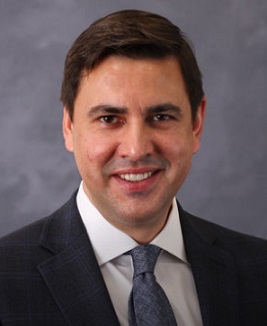 Danilo Vitorovic, PhD, Loma Linda University Health
Danilo Vitorovic, PhD, Loma Linda University Health
11:30 – 11:50 AM (EST) Computational Methods and Practical Considerations in Repurposing Drugs for Neurosciences
 Pankaj Agarwal, PhD, BioInfi
Pankaj Agarwal, PhD, BioInfi
11:50 – 12:10 PM (EST) From Machine Learning to Basket Clinical Trial: Testing the JAK inhibitor baricitinib in Alzheimer’s disease and ALS
 Mark W. Albers, MD, PhD, Massachusetts General Hospital, Harvard Medical School
Mark W. Albers, MD, PhD, Massachusetts General Hospital, Harvard Medical School
12:10 – 12:30 PM (EST) Precision Medicine and Computational Drug Repurposing for Alzheimer’s Disease
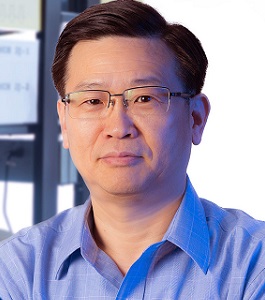 Yadong Huang, MD, PhD, University of California, San Diego (UCSD)
Yadong Huang, MD, PhD, University of California, San Diego (UCSD)
12:30 – 12:45 PM (EST) Live Faculty Panel Discussion – FULL PANEL
12:45 – 1:00 PM (EST) BREAK
10:00 – 11:15 AM (EST)
The exposome is defined as all exposures a person receives during the lifespan including internal (e.g., microbiome) and external (e.g., physical-chemical, social) sources. Major progress is being made in data collection, curation, and analysis. This session will discuss the exposome concept, significance of the exposome within the neurological disease community, and scientific approaches to advance the field of exposome research and how these could be used in experimental neurotherapeutics.
CHAIR:
 David Jett, PhD, National Institute of Neurological Disorders and Stroke (NINDS)
David Jett, PhD, National Institute of Neurological Disorders and Stroke (NINDS)
 Cynthia Rothblum-Oviatt, PhD, Scientific Advisory Consultant/RO Scientific
Cynthia Rothblum-Oviatt, PhD, Scientific Advisory Consultant/RO Scientific
10:00 – 10:20 AM (EST) The Exposome: A Tool For Discovery
 Yuxia Cui, PhD, National Institute of Environmental Health Sciences
Yuxia Cui, PhD, National Institute of Environmental Health Sciences
10:20 – 10:40 AM (EST) ALS and the Exposome
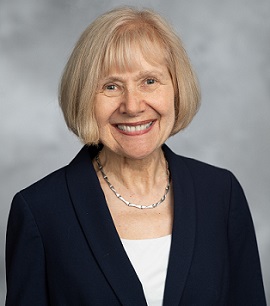 Eva L. Feldman, MD, PhD, University of Michigan, Department of Neurology
Eva L. Feldman, MD, PhD, University of Michigan, Department of Neurology
10:40 – 11:00 AM (EST) Exposomics: Environmental Insights for Neurotherapeutics
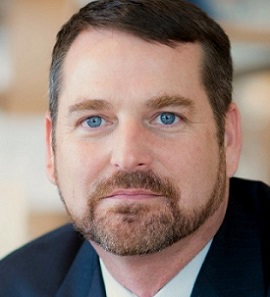 Gary W. Miller, PhD, Columbia University
Gary W. Miller, PhD, Columbia University
11:00 – 11:15 AM (EST) Live Faculty Panel Discussion – FULL PANEL
11:15 – 11:30 AM (EST) BREAK
HALL A - Innovative Treatments for Rare Neurodevelopmental Diseases
CHAIRS:
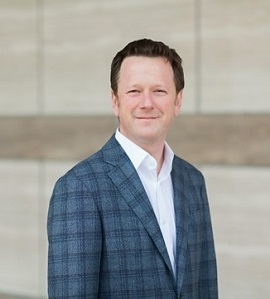 Joseph Sullivan, MD, University of California, San Francisco (UCSF)
Joseph Sullivan, MD, University of California, San Francisco (UCSF)
 Elizabeth Berry-Kravis, MD, PhD, Rush University Medical Center
Elizabeth Berry-Kravis, MD, PhD, Rush University Medical Center
HALL B - The Use of Digital Monitoring Devices in Neurological Clinical Studies
CHAIRS:
 Sharon Tamir, Karyopharm Therapeutics Inc.
Sharon Tamir, Karyopharm Therapeutics Inc.
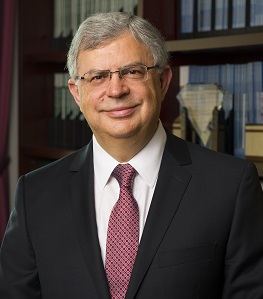 Suhayl Dbib-Jalbut, PhD, Rutgers-Robert Wood Johnson (RWJ) Medical School
Suhayl Dbib-Jalbut, PhD, Rutgers-Robert Wood Johnson (RWJ) Medical School
01:15 - 3:15 PM (EST) PIPELINE PRESENTATIONS
CHAIRS:
 Stewart Factor, DO, Emory University
Stewart Factor, DO, Emory University
 Carolyn Tallon, PhD, Johns Hopkins University School of Medicine
Carolyn Tallon, PhD, Johns Hopkins University School of Medicine
3:15 – 4:00 PM (EST) Joint Interest Group meeting of the AAN Neurotherapeutics Section and ASENT members
11:30 AM – 1:00 PM (EST)
Neurodevelopmental disease-modifying drug discovery is increasing enormously, however, high unmet needs remain. This is notably true for more rare monogenetic disorders, such as Angelman, Rett, and Dravet syndromes, and across modalities (eg. small molecule, gene therapy and antisense oligonucleotides). This symposium will discuss scientific advances, hurdles in drug development and delivery, and a fair-balanced review of advantages and disadvantages from bench to bedside.
CHAIRS:
 Joseph Sullivan, MD, University of California, San Francisco (UCSF)
Joseph Sullivan, MD, University of California, San Francisco (UCSF)
 Elizabeth Berry-Kravis, MD, PhD, Rush University Medical Center
Elizabeth Berry-Kravis, MD, PhD, Rush University Medical Center
11:30 – 11:50 AM (EST)
Wearing MANY hats: From Impossible to Possible: A parent’s journey through drug development
 Allyson Berent, DVM, DACVIM, GeneTx Biotherapeutics, Foundation for Angelman Syndrome Therapeutics
Allyson Berent, DVM, DACVIM, GeneTx Biotherapeutics, Foundation for Angelman Syndrome Therapeutics
Therapeutic Antisense Oligonucleotide (ASO) Interventions for Neurodevelopmental Disorders: Lessons from Angelman Syndrome
 Elizabeth Berry-Kravis, MD, PhD, Rush University Medical Center
Elizabeth Berry-Kravis, MD, PhD, Rush University Medical Center
11:50 AM – 12:10 PM (EST)
Utility of EEG as a biomarker in clinical development: Angelman Syndrome
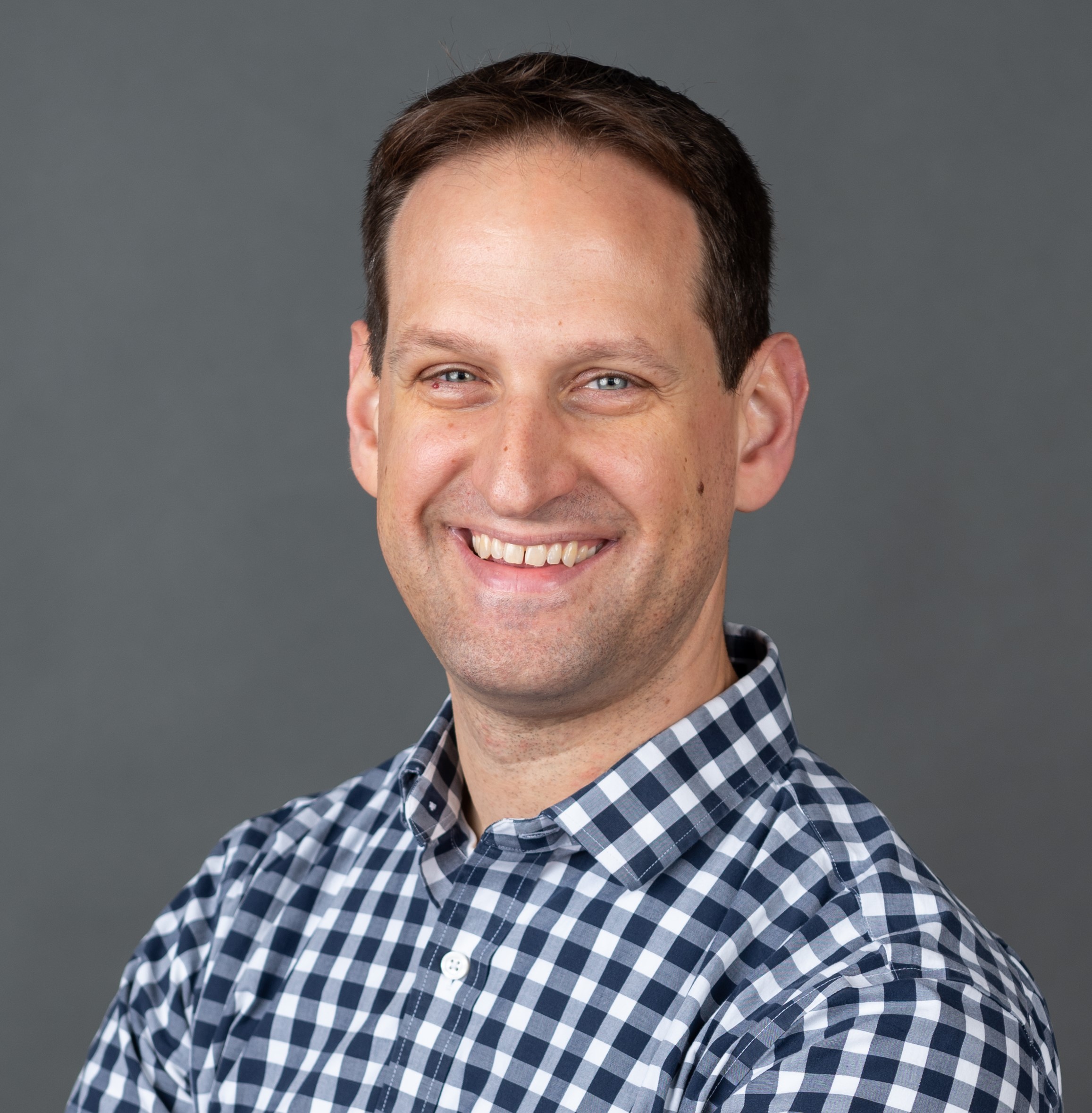 Rob Komorowski, PhD, Ionis Pharmaceuticals
Rob Komorowski, PhD, Ionis Pharmaceuticals
Dravet syndrome: Unmet need for seizures and non-seizure co-morbidities
 Joseph Sullivan, MD, University of California, San Francisco (UCSF)
Joseph Sullivan, MD, University of California, San Francisco (UCSF)
12:10 – 12:30 PM (EST)
Developing STK-001: An Antisense Oligonucleotide (ASO) Treatment for Dravet Syndrome
 Kimberly A. Parkerson, MD, Stoke Therapeutics
Kimberly A. Parkerson, MD, Stoke Therapeutics
Disease Modifying Therapies in Neurodevelopmental Disorders (NDDs) Becoming a Reality
 Elizabeth Berry-Kravis, MD, PhD, Rush University Medical Center
Elizabeth Berry-Kravis, MD, PhD, Rush University Medical Center
12:30 – 1:00 PM (EST) Live Faculty Panel Discussion – FULL PANEL
11:30 AM – 1:00 PM (EST)
In many neurodegenerative diseases, we see the measures of quality of life, mobility, quality of sleep etc., as measurements that may reflect the stage of the disease. While QoL questionnaires rely on subjective reporting of patients, digital monitoring devices can bridge this gap by allowing for quantitative, frequent, reliable and clinically meaningful measurements of the state of patients in their daily lives. This rich dataset can help us monitor the treatment response and disease progression.
CHAIRS:
 Sharon Tamir, Karyopharm Therapeutics Inc.
Sharon Tamir, Karyopharm Therapeutics Inc.
 Suhayl Dbib-Jalbut, PhD, Rutgers-Robert Wood Johnson (RWJ) Medical School
Suhayl Dbib-Jalbut, PhD, Rutgers-Robert Wood Johnson (RWJ) Medical School
11:30 – 11:50 AM (EST) Deep Phenotyping Using Digital Health Technology in Parkinson’s Disease
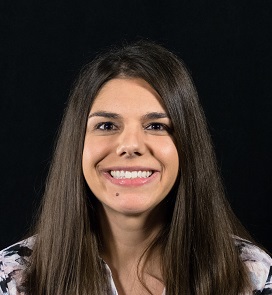 Jamie Lynn Adams, MD, University of Rochester Medical Center
Jamie Lynn Adams, MD, University of Rochester Medical Center
11:50 – 12:10 PM (EST) Remote Digital Monitoring Technology and AI-driven Analytics in Neurodegenerative Diseases
 Amir Lahav, ScD, Redenlab
Amir Lahav, ScD, Redenlab
12:10 – 12:30 PM (EST)
Regulatory Considerations When Using Digital Health Technologies in Clinical Investigations
 Christina Webber, PhD, CDRH/FDA
Christina Webber, PhD, CDRH/FDA
Digital Monitoring Devices in Neurological Device Studies – an FDA Device Reviewer’s Perspective
 Patrick Antkowiak, PhD, Center for Devices and Radiological Health, FDA
Patrick Antkowiak, PhD, Center for Devices and Radiological Health, FDA
12:30 – 1:00 PM (EST) Live Faculty Panel Discussion – FULL PANEL
10:00 – 10:05 AM (EST) Remarks - ASENT President
 Thomas Sutula, MD, PhD, ASENT President / Professor Emeritus, University of Wisconsin-Madison
Thomas Sutula, MD, PhD, ASENT President / Professor Emeritus, University of Wisconsin-Madison
10:00 – 11:30 AM (EST) PLENARY SESSION
Covid-19 and The Brain: Update 2022
This plenary session covers how the virus creates CNS damage and compromises functions, as evidenced by sensory, cognitive, and behavioral impairments that last beyond the typical symptoms of COVID-19.
This session will update us with new information since the first ASENT symposium on this topic was held in 2021.
CHAIR:
 C. Anthony Altar, MD, PhD, Splice Therapeutics
C. Anthony Altar, MD, PhD, Splice Therapeutics
 Thomas Sutula, MD, PhD, University of Wisconsin-Madison
Thomas Sutula, MD, PhD, University of Wisconsin-Madison
10:00 – 10:25 AM (EST) Pathophysiology and therapeutic targets for Neuro-COVID
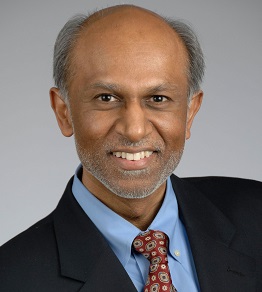 Avindra Nath, MD, PhD, National Institutes of Health
Avindra Nath, MD, PhD, National Institutes of Health
10:25 – 10:50 AM (EST) Clinical features and outcome following Neuro-COVID in children
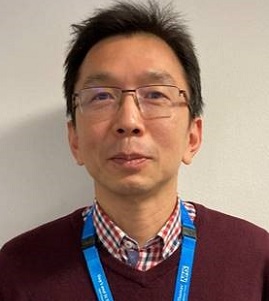 Ming Lim, MD, Evelina London Children’s Hospital
Ming Lim, MD, Evelina London Children’s Hospital
10:50 – 11:10 AM (EST) Characterizing Post-acute Sequelae of Covid-19 (PASC): Overview and the NIH RECOVER Initiative
 Clinton B. Wright, MD, MS, National Institutes of Health
Clinton B. Wright, MD, MS, National Institutes of Health
11:10 – 11:30 AM (EST) Live Faculty Panel Discussion – FULL PANEL
11:30 – 11:45 AM (EST) BREAK
HALL A - Not a One-Trick Pony: Repurposing Established Drugs for New Neurological Indications
CHAIRS:
 Sharon Tamir, Karyopharm Therapeutics, Inc.
Sharon Tamir, Karyopharm Therapeutics, Inc.
 Aditya Joshi, MD, Penn Medicine - University of Pennsylvania
Aditya Joshi, MD, Penn Medicine - University of Pennsylvania
HALL B - New Approaches to Pain Therapeutics R&D: Models and Results from Academic and Industry Sectors
CHAIRS:
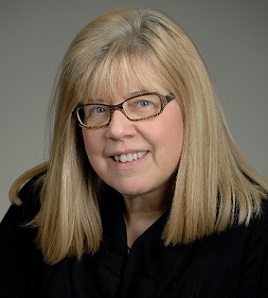 Mary Ann Pelleymounter, PhD, National Institutes of Health/National Institute of Neurological Disorders and Stroke (NINDS)
Mary Ann Pelleymounter, PhD, National Institutes of Health/National Institute of Neurological Disorders and Stroke (NINDS)
 Debra Ehrlich, MD, MS, National Institutes of Health/National Institute of Neurological Disorders and Stroke (NINDS)
Debra Ehrlich, MD, MS, National Institutes of Health/National Institute of Neurological Disorders and Stroke (NINDS)
11:45 – 1:00 PM (EST)
Many diseases have multifactorial pathophysiology, creating an opportunity to treat them with therapies originally developed for different indications. Here, we will discuss the development of products that utilize already established drugs from other fields of medicine for novel neurological indications.
CHAIRS:
 Sharon Tamir, Karyopharm Therapeutics, Inc.
Sharon Tamir, Karyopharm Therapeutics, Inc.
 Aditya Joshi, MD, Penn Medicine - University of Pennsylvania
Aditya Joshi, MD, Penn Medicine - University of Pennsylvania
11:45 – 12:05 PM (EST) Targeting multiple neuron death pathways in neurodegenerative diseases: clinical trial experience with sodium phenylbutyrate and taurursodiol
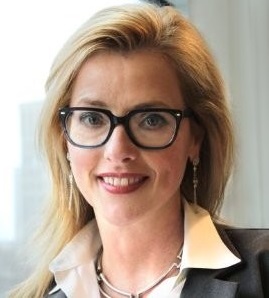 Machelle Manuel, PhD, Amylyx
Machelle Manuel, PhD, Amylyx
12:05 – 12:25 PM (EST) Breaking the Paradigm – PrimeC as a Novel Approach to ALS therapy
 Shiran Salomon-Zimri, PhD, Neurosense
Shiran Salomon-Zimri, PhD, Neurosense
12:25 – 12:45 PM (EST) Repurposing anti-IL-6R antibody from RA to NMOSD: Challenge and success
 Takashi Yamamura, MD, PhD, National Institute of Neuroscience in Tokyo (Japan)
Takashi Yamamura, MD, PhD, National Institute of Neuroscience in Tokyo (Japan)
12:45 – 1:00 AM (EST) Live Faculty Panel Discussion – FULL PANEL
11:45 – 1:00 PM (EST)
Development of novel pain therapeutics continues to present significant challenges, demonstrated by data showing only a 2% probability of drug approval for Phase I candidate pain therapeutics, compared to an overall 10% probability in other disease areas. Challenges include unknown neurobiological mechanisms of pain, translation of preclinical data, large placebo effects and disease population heterogeneity. Recently, much more emphasis has been placed on the urgent need to develop successful non-addictive therapeutics for pain as a result of efforts to address the opioid crisis. This symposium will include an overview of new models for pain therapeutics that address the challenge of pain therapeutics development from several perspectives including those representing the scientific, process management and financial challenges.
CHAIRS:
 Mary Ann Pelleymounter, PhD, National Institutes of Health/National Institute of Neurological Disorders and Stroke (NINDS)
Mary Ann Pelleymounter, PhD, National Institutes of Health/National Institute of Neurological Disorders and Stroke (NINDS)
 Debra Ehrlich, MD, MS, National Institutes of Health/National Institute of Neurological Disorders and Stroke (NINDS)
Debra Ehrlich, MD, MS, National Institutes of Health/National Institute of Neurological Disorders and Stroke (NINDS)
11:45 – 12:05 PM (EST) Dual Ion channel Modulation, a Novel Mechanism for Treatment of Sensory Hyperexcitability
 Haim Belinson, PhD, Bsense Bio Therapeutics Ltd
Haim Belinson, PhD, Bsense Bio Therapeutics Ltd
12:05 – 12:25 PM (EST) Leveraging A Single-Sponsor Master Protocol to Address the Challenges Inherent in Pain Therapeutic Development
 Kelly L. Knopp, PhD, Lilly Research Laboratories, Eli Lilly and Company
Kelly L. Knopp, PhD, Lilly Research Laboratories, Eli Lilly and Company
12:25 – 12:45 PM (EST) HEAL Initiative Pain Therapeutics Development: A flexible approach for academics and small businesses
 Michael Oshinsky, PhD, National Institutes of Health/National Institute of Neurological Disorders and Stroke
Michael Oshinsky, PhD, National Institutes of Health/National Institute of Neurological Disorders and Stroke
12:45 – 1:00 AM (EST) Live Faculty Panel Discussion – FULL PANEL